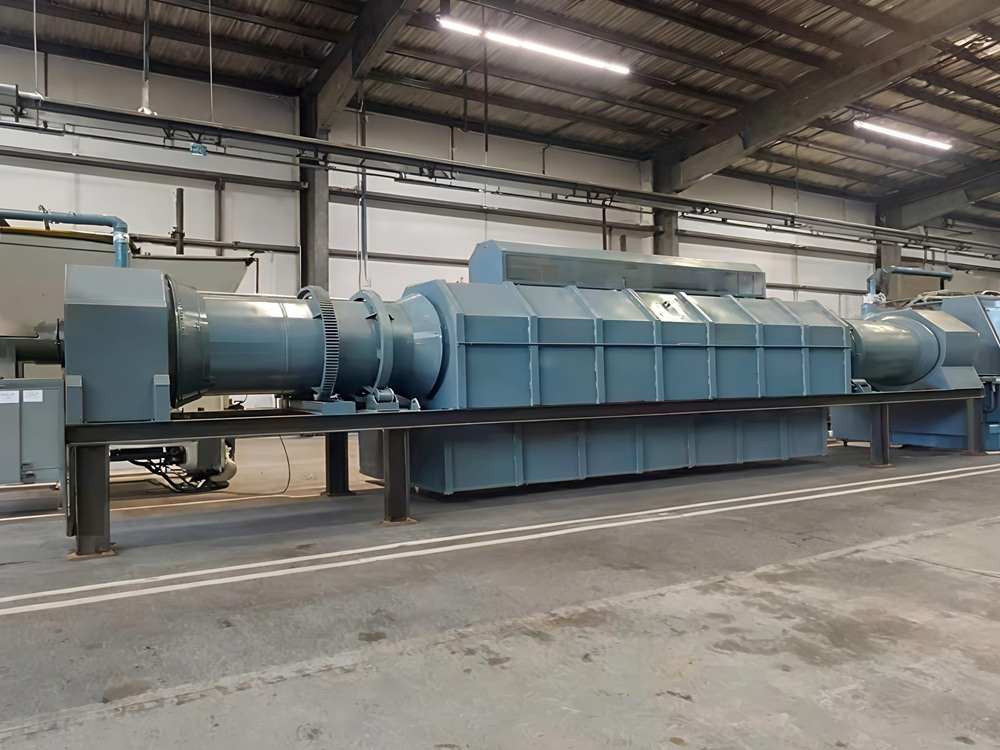How Carbonization Furnaces Revolutionize Aluminum Can Recycling
May 08, 2023
In the world of industrial waste processing, carbonization technology is gaining attention for its efficient and eco-friendly approach to treating used beverage cans. While it might sound technical, the process is straightforward: it uses controlled heat to cleanly separate metal from its painted surface, making recycling far more effective.
Why Special Treatment is NeededAluminum cans—those lightweight containers we use every day—are actually composite materials. While the core material is aluminum (or sometimes steel), each can is coated with a thin layer of paint and protective coatings. These organic coatings, though making up only 2-5% of the can's weight, cause significant problems during traditional recycling. When melted directly, they release harmful gases and contaminate the molten metal. The carbonization process offers a smarter solution.
The Thermal Conversion ProcessInside a carbonization furnace, shredded can fragments undergo a transformation at 500-600°C in an oxygen-free environment. This controlled heating causes the paint coatings to break down into harmless gases and a small amount of solid carbon—a process known as "thermal desorption." After about 30 minutes of treatment, up to 99% of the coating is removed, leaving behind clean metal ready for smelting.
How the Technology WorksModern continuous carbonization furnaces operate like a precise assembly line with three zones:
Preheating zone: Gradually raises the temperature
Thermal processing zone: Where coating removal occurs
Cooling zone: Prepares material for collection
This staged approach prevents metal damage while ensuring complete coating removal. The result is metal clean enough to be reused even for new food packaging.
Energy Efficiency and Environmental BenefitsThe process is designed to be self-sustaining: gases produced during carbonization are captured, purified, and reused to fuel the furnace. This innovative approach reduces energy consumption by over 60% compared to traditional chemical stripping methods. Most importantly, it eliminates toxic wastewater and air pollution associated with conventional recycling.
Tangible Improvements in RecyclingThe benefits are clear and measurable:
Metal recovery rates increase by 15-20%
Resulting metal purity exceeds 98%
Energy consumption drops significantly
Environmental impact is minimized
This technology represents more than just an improvement—it's a fundamental shift toward sustainable material recovery. By transforming waste cans into high-quality raw material, carbonization technology closes the loop in aluminum recycling, supporting both economic and environmental goals for a circular future.
ЧИТАТЬ ДАЛЕЕ




